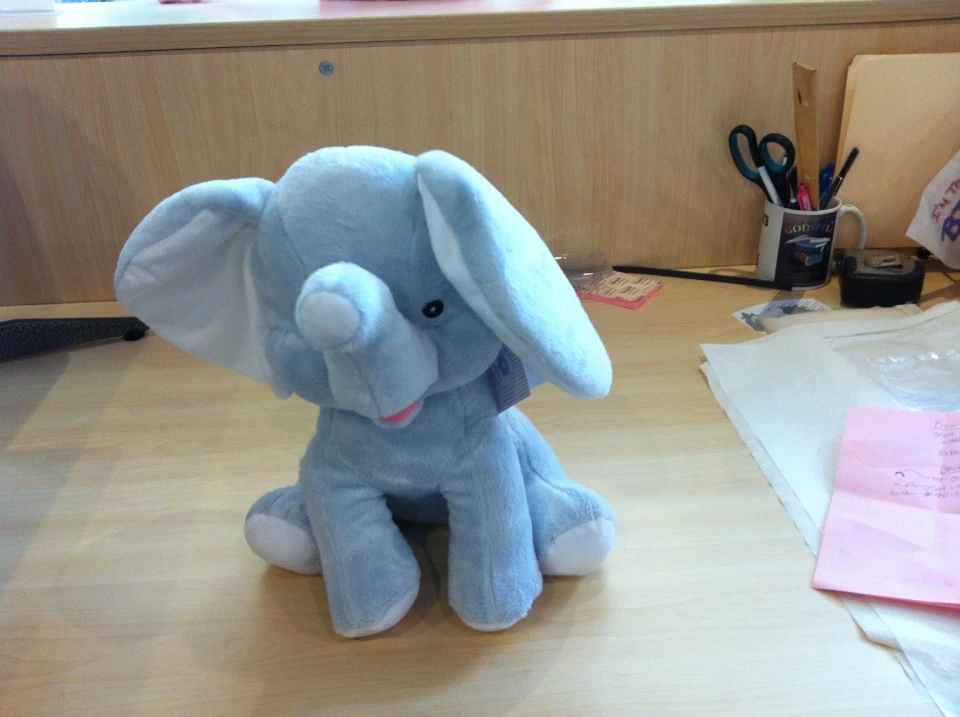The Art of Customized Needlework: Unlocking the Tricks to Creating Special and Memorable Styles
Needlework, a craft soaked in practice and virtuosity, holds within its complex stitches the power to change material into a canvas of distinct expression. The secrets to creating custom-made needlework designs that mesmerize the eye and leave a long-term impression lie in a fragile balance of technique, creative thinking, and interest to detail. As we explore the globe of customized needlework, we reveal the nuanced interaction between thread selection, sew complexity, and design personalization that elevates a mere garment to a work of art. Join us on a trip with the art of customized needlework as we untangle the enigmas behind crafting really remarkable and distinct developments.
Selecting the Right Embroidery Threads
When picking needlework strings, what essential aspects should you take into consideration to make certain the best results for your personalized styles? The option of needlework thread is critical in figuring out the last result of your stitched design.
In addition, the weight or thickness of the string plays a substantial role in the look of the needlework. Thicker threads can add dimension and appearance to your design, while finer threads are optimal for complex information and little text. Additionally, thinking about the shade fastness and washability of the string is critical to guarantee that your custom designs preserve their high quality and vibrancy in time. By meticulously assessing these elements and selecting high-quality strings that satisfy your details demands, you can enhance the aesthetic charm and longevity of your embroidered developments.
Discovering Different Stitch Strategies
To look into the world of 'Exploring Various Stitch Techniques', one should comprehend the complexities and subtleties that each stitching approach offers the art of needlework. Various stitch techniques not just include aesthetic interest but additionally add to the overall texture and measurement of the style. One popular stitch strategy is the satin stitch, which involves carefully packed parallel stitches to create a smooth and shiny surface, perfect for completing forms and creating strong lays out.
On the other hand, the backstitch is a flexible method frequently utilized for outlining and adding great information. It involves sewing backwards to create a solid line of needlework. Furthermore, the French knot stitch includes a responsive component to designs, ideal for producing textured accents like flower centers or ornamental touches.
Discovering different stitch techniques enables embroiderers to have fun with light, darkness, and deepness within their layouts, raising the aesthetic appeal and artistic quality of their embroidery jobs. By understanding different stitching techniques, one can unlock limitless opportunities for producing special and unforgettable custom-made needlework items.
Incorporating Personalized Layout Elements
Having explored the details of various stitch methods such as the satin stitch, backstitch, and French knot, the focus now shifts in the direction of integrating customized style aspects in customized embroidery jobs. Individualized design aspects play a critical duty in making embroidery projects truly one-of-a-kind and memorable.
An additional way to include tailored design aspects is by their explanation consisting of signs or concepts that hold unique significance to the recipient or reflect their passions and personality. For instance, integrating a favored flower, pet, or hobby-related symbol can make the needlework layout much more meaningful and individualized. Additionally, picking shades that resonate with the recipient or align with the intended style can better enhance the customization of the needlework task.
Grasping the Art of Shade Sychronisation

One secret element of shade control is comprehending shade theory. This consists of knowing exactly how various colors connect with each other, the emotions they communicate, and just how they can be incorporated to produce visually enticing styles. By applying shade concept concepts, embroiderers can produce unified color schemes that boost the general appearance of the design.
Furthermore, taking notice of contrast is important in color sychronisation. Making use of contrasting shades can help specific aspects of the design pop, enhance readability, and develop a visually dynamic needlework piece. By grasping the art of shade control, embroiderers can boost their styles and produce remarkable pieces that reverberate with customers and viewers alike.
Enhancing Texture With Advanced Embroidery Stitches

Bullion knots, on the other hand, can be used to create twisted, ropelike components that add a glamorous feel to the embroidery. Trying out with these advanced needlework stitches enables you to push the borders of typical needlework and produce really special and aesthetically enticing structures in your styles.
Verdict
In verdict, the art of personalized needlework involves a mix of selecting the best threads, discovering different stitch techniques, integrating customized layout aspects, mastering shade sychronisation, and improving structure with advanced stitches. By custom three piece suit recognizing and carrying out these essential components, embroiderers can produce one-of-a-kind and remarkable styles that showcase their imagination and ability. Embroidery enthusiasts can unlock the tricks to creating beautiful and custom pieces that stick out and leave a lasting impact.
Comments on “Embroidered Sports Teams Names and Numbers - Professional and Resilient”